
- Home
- News
- Analysis
- States
- Perspective
- Videos
- Education
- Entertainment
- Elections
- Sports
- Features
- Health
- Budget 2024-25
- Business
- Series
- Bishnoi's Men
- NEET TANGLE
- Economy Series
- Earth Day
- Kashmir’s Frozen Turbulence
- India@75
- The legend of Ramjanmabhoomi
- Liberalisation@30
- How to tame a dragon
- Celebrating biodiversity
- Farm Matters
- 50 days of solitude
- Bringing Migrants Home
- Budget 2020
- Jharkhand Votes
- The Federal Investigates
- The Federal Impact
- Vanishing Sand
- Gandhi @ 150
- Andhra Today
- Field report
- Operation Gulmarg
- Pandemic @1 Mn in India
- The Federal Year-End
- The Zero Year
- Premium
- Science
- Brand studio
- Newsletter
- Home
- NewsNews
- Analysis
- StatesStates
- PerspectivePerspective
- VideosVideos
- Entertainment
- ElectionsElections
- Sports
- Features
- BusinessBusiness
- Premium
- Loading...
Premium - India-Canada ties
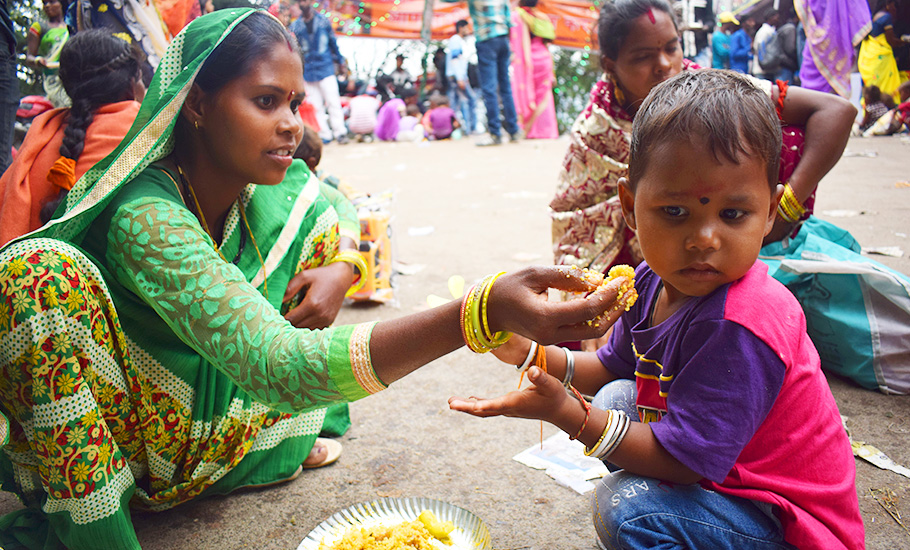
Are religion and caste giving Indian women anaemia?

In 2020, when both Sunitha PR and her sister-in-law Anjali Kumar were pregnant they were found to be anaemic during a routine check-up at a primary healthcare centre in Bengaluru. Their doctor told them they were having iron-deficiency anaemia. While Sunitha’s haemoglobin level went as low as 9 gram/decilitre, Anjali’s was found to be 10 gram/decilitre. The standard haemoglobin range...
In 2020, when both Sunitha PR and her sister-in-law Anjali Kumar were pregnant they were found to be anaemic during a routine check-up at a primary healthcare centre in Bengaluru. Their doctor told them they were having iron-deficiency anaemia. While Sunitha’s haemoglobin level went as low as 9 gram/decilitre, Anjali’s was found to be 10 gram/decilitre.
The standard haemoglobin range is generally defined as 13.2 to 16.6 grams (g) of haemoglobin per decilitre (dL) of blood for men and 11.6 to 15 g/dL for women.
After the diagnosis, both women were prescribed to take iron supplements and eat iron-rich foods like chicken liver in their meals. “Iron supplements and eating chicken liver and vegetables rich in iron helped us a lot and our haemoglobin level reached 11g/dL. We both gave birth to healthy babies — two months apart — in 2020,” says Sunitha.
Sunitha (28) and Anjali (27) — both homemakers — are two among millions of women in the country having anaemia.
When the Union health ministry released the latest National Family Health Survey (NFHS) findings in November 2021, it raised concern about anaemia among women and children.
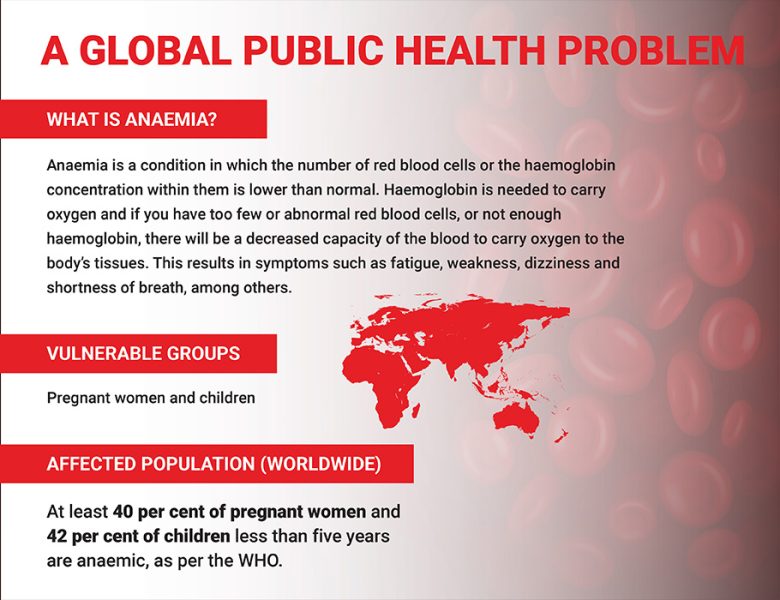
“Anaemia among children and women continues to be a cause of concern. More than half of the children and women (including pregnant women) are anaemic in all the Phase-II states/union territories and all-India level compared to NFHS4 (the earlier survey), in spite of the substantial increase in the composition of iron folic acid (IFA) tablets by pregnant women for 180 days or more,” said the health ministry in the NFHS-5 Phase II findings.
The states and union territories surveyed under the NFHS-5 Phase-II were Arunachal Pradesh, Chandigarh, Chhattisgarh, Haryana, Jharkhand, Madhya Pradesh, the National Capital Territory of Delhi, Odisha, Puducherry, Punjab, Rajasthan, Tamil Nadu, Uttar Pradesh and Uttarakhand.
The findings of NFHS-5 in respect of 22 states and union territories covered in Phase-I were released in December 2020. The NFHS-5 Phase-I found Indian women and children to be “overwhelmingly anaemic”. The NFHS-5 Phase-I found more than half of India’s women and children to be anaemic.
Both the NFHS-5 (Phase-I and Phase-II) were done among children aged between six and 59 months and among women and men aged 15 and 49 years of age.
Rajesh Bhushan, the union health secretary, said that inter-ministerial coordination is required between the ministries of women and child development, food, rural development and panchayat affairs to tackle nutrition deficiency and anaemia in the population as has been shown in the survey.
Those who have anaemia or are anaemic have a lower-than-normal number of red blood cells or haemoglobin concentration. An anaemic person shows symptoms like fatigue, weakness, dizziness and shortness of breath.
According to the World Health Organization (WHO), anaemia is a serious global public health problem that particularly affects young children and pregnant women. The WHO estimates that 42 per cent of children less than 5 years of age and 40 per cent of pregnant women worldwide are anaemic.
The anaemia situation in India is as grim as the global reality stated by the WHO and further reiterated by the NFHS’s findings
“India mostly suffers from nutritional anaemia, which is basically a deficiency of haemoglobin. To maintain haemoglobin levels, the body needs more than just iron.
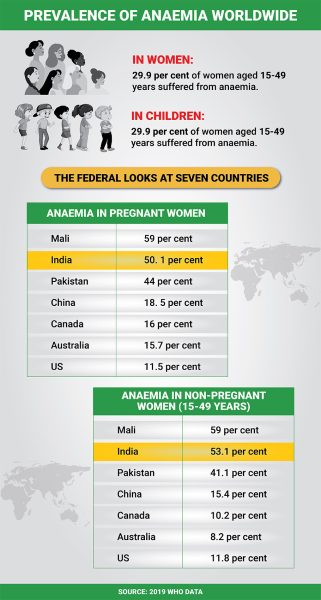
Everyone needs multiple vitamins and minerals like selenium and zinc. Additionally, the body requires good-quality protein because the globin in haemoglobin stands for protein. So without all the essential nutrients, it’s very difficult to fight anaemia,” says Dr Sylvia Karpagam, a public health researcher and a doctor from Karnataka.
“The government is trying to bring some solutions like providing iron tablets to pregnant women and adolescents. The government agencies are talking about mandatory fortification, which is adding required nutrients like iron to food like rice which is less nutrition dense as it contains only carbohydrates. There are studies that have shown that fortification is not effective. The best solution is to address the overall nutrition and for that, the conversation needs to move beyond cereals,” adds Dr Karpagam.
In fact, India has had an anaemia control programme for more than five decades but it has failed to reduce the high percentage of anaemic women and children.
Dr Veena Shatrughna, a clinical nutritionist and retired deputy director of the National Institute of Nutrition, Hyderabad, says, “To fight anaemia we have to understand what the majority of people are eating.
“If we look around, we see the majority of the population is eating rice and watery sambar in south India and rotis (wheat) with salt and onion in north India. They can’t afford to buy vegetables and meat which are rich in vitamins, minerals, proteins, zinc, phosphorus, iron, magnesium and selenium. Because of high inflation and lack of employment opportunities, both in the formal and informal sectors, most people are sacrificing their food. They have become very expensive. People have to spend on other essentials like house rent, electricity bill, education and medicine, to name a few.”
Food rights advocates allege that religion and caste are influencing the decision of authorities in denying nutritional food to the population. One result of this is the large-scale prevalence of deficiency diseases like anaemia, goitre, rickets and night blindness.
Contrary to claims, majority of the population in India is non-vegetarian — only 39 per cent of the population identified themselves as “vegetarians”, according to the Pew Research Center survey published in 2021.
“The myth of vegetarianism is denying poor and lower-income groups from eating meat and eggs,” Karpagam says. “The ban on slaughter of cattle in states like Karnataka and Uttar Pradesh is denying the poor their access to affordable sources of protein like beef. Those who are socio-economically better off have access to dairy products like milk, paneer and ghee. They don’t suffer much but they too have Vitamin B12, iron and calcium deficiencies.
“Moreover, meat and eggs are considered impure by many. People are criminalised and killed even on suspicion of eating or carrying meat. Right from children (in schools through mid-day meals) and women are victims of dietary discrimination. Therefore, India suffers from very high malnutrition.”
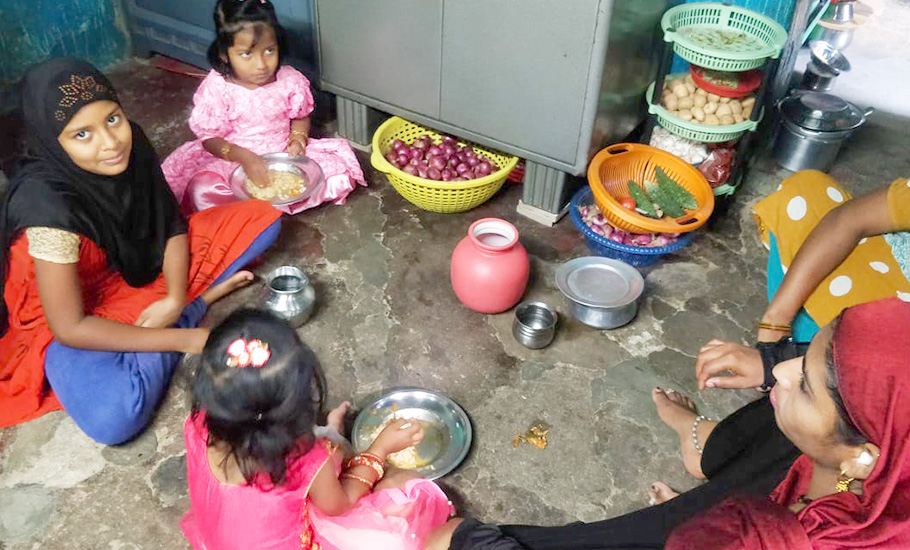
Food rights activists insist patriarchy plays a major role in denying women and girls wholesome meals compared to their male counterparts. “We always find in Indian households (especially in lower income groups), women and girls eating less and last. The priority is to keep males healthier. The idea stems from patriarchy and it has a direct impact on the health of females,” says Abhay Kumar, a women’s rights activist from Karnataka.
According to the Women and Child Development Ministry estimate, 33 lakh children in India are malnourished and over 50 per cent of cases are severe.
Experts say nutritional science is quite unscientific in India and the biggest barrier towards addressing malnutrition. They allege that even government hospitals consider eating iron tablets and green leafy vegetables as the ultimate cure for anaemia.
Green leafy vegetables and millets do contain some amount of iron and calcium but because of the phytates and tannins, it’s not bioavailable. There are two types of iron: heme iron and non-heme iron. Heme iron comes from animal sources like meat, poultry and fish and most of it gets absorbed by the body. However, on the other hand, non-heme iron is found in vegetables, fruits, grains and beans, and a lot of it does not get absorbed by the body. The absorption of non-heme iron can be done by adding Vitamin C to the diet and avoiding dairy products one hour before and after a meal.
Several studies have clearly shown that everyone needs a nutrient-dense and diverse diet plan.
“Food is divided into seven groups. It includes drinks, carbohydrates, fruits and vegetables, dairy, meat/fish/eggs, fats and high-sugar foods. We need at least four groups as humans. Unfortunately, most don’t get even two,” says Dr Shatrughna. She says that providing iron tablets to pregnant women is crisis management to avoid them from dying during the period. A lot of men too have anaemia but they never get mentioned as much as women in this context.
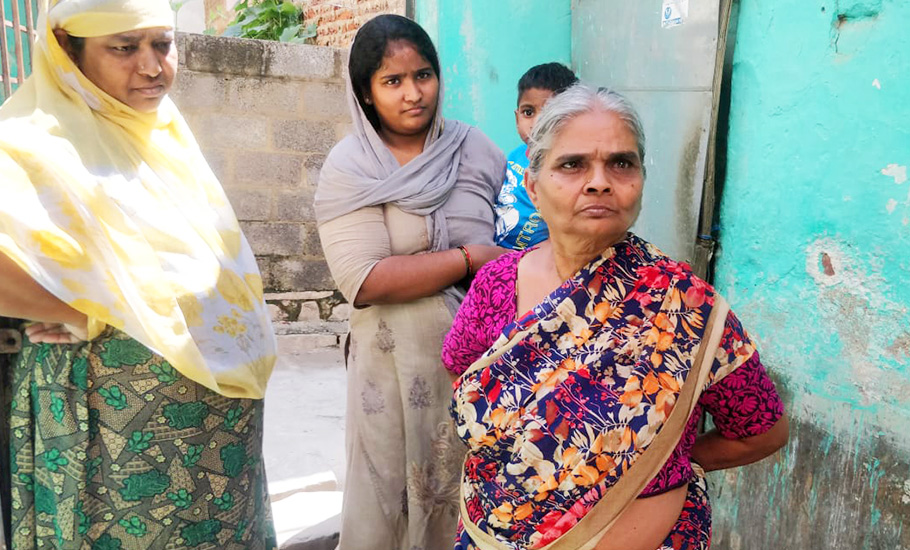
The damage caused by anaemia on the health of women (both pregnant and non-pregnant) is immense. The unborn child of a pregnant anaemic woman also bears the brunt of the condition.
“Severe iron deficiency anaemia during pregnancy increases the risk of premature birth and it restricts intrauterine growth. Low birth weight of babies and postpartum depression is also associated with anaemia. Some studies also show an increased risk of death of the infant just before and after birth due to anaemia,” says Dr Smrithi D Nayak, obstetrics, gynaecology and fertility specialist from Bengaluru.
“During pregnancy, the volume of blood in the body increases, and so does the amount of iron that is needed. The body uses iron to make more blood to supply oxygen to the baby. If an expectant mother does not have enough stored iron in the body or she does not get enough iron during pregnancy, she could develop iron deficiency anaemia.”

